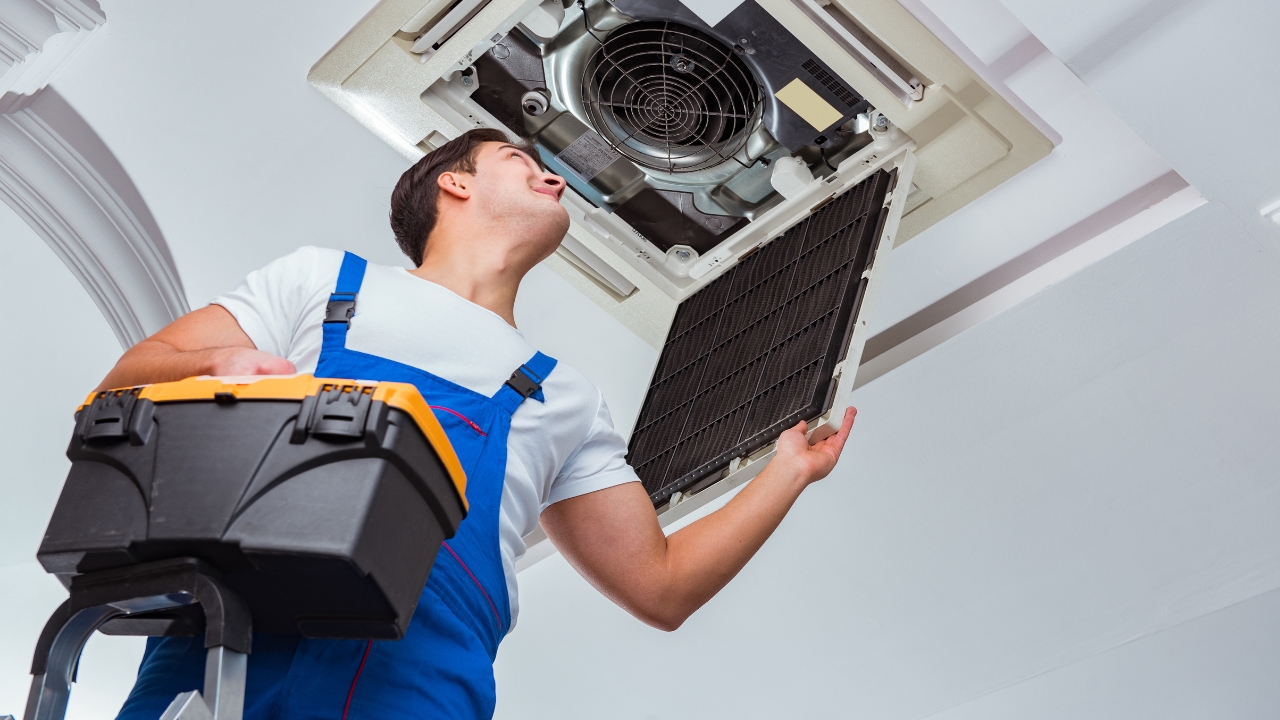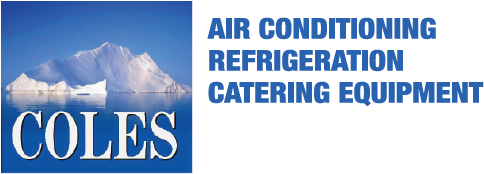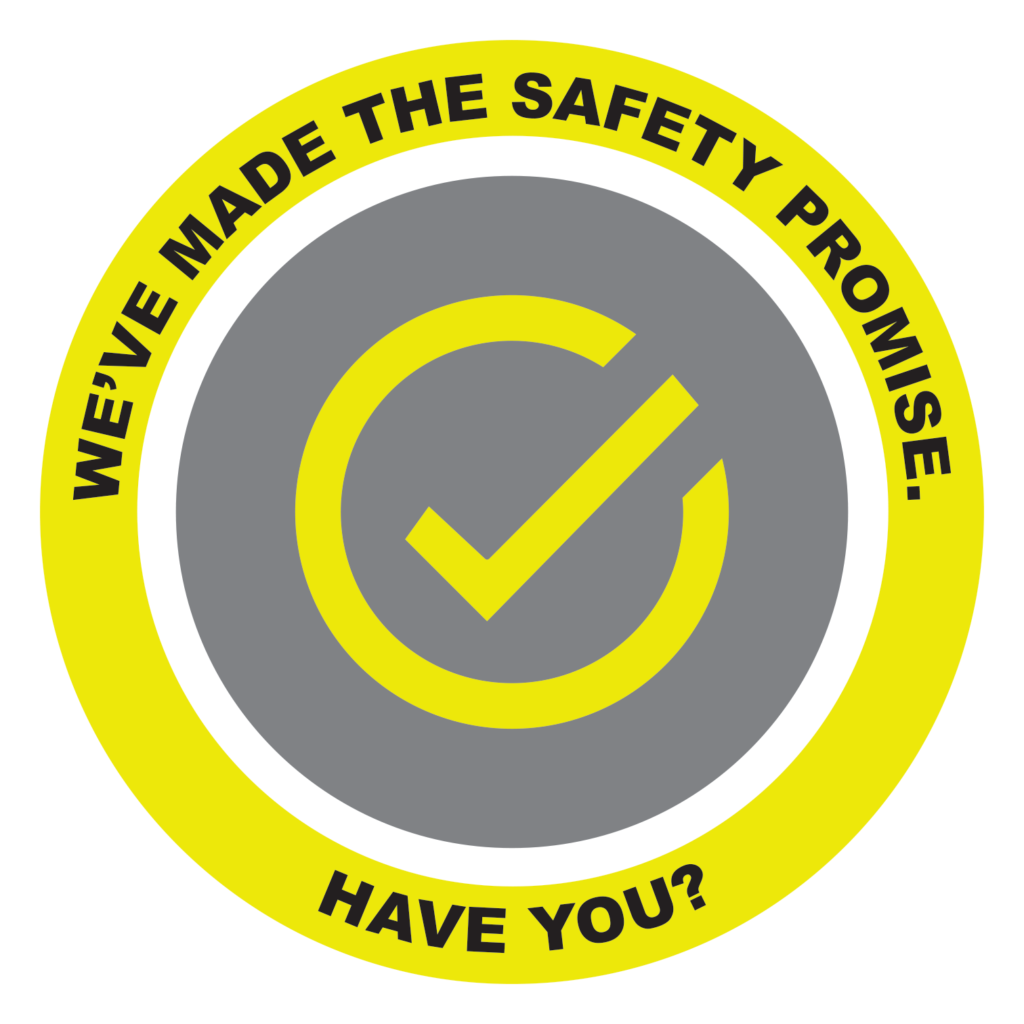Commercial air conditioning systems play a crucial role in maintaining a comfortable and productive environment in offices, retail spaces, hospitals, and other commercial establishments. However, like any complex system, air conditioners can encounter issues that disrupt their performance and efficiency. These problems can lead to discomfort, decreased productivity, and increased energy consumption.
In this article, we will explore some of the common commercial air conditioning problems and provide troubleshooting tips to address these issues effectively.
Insufficient Cooling or Heating
One of the most prevalent issues with commercial air conditioning systems is insufficient cooling or heating. This can result from various factors, such as clogged filters, low refrigerant levels, or faulty thermostats.
Troubleshooting Tips:
- Check and Clean Air Filters: Dirty and clogged air filters restrict airflow, leading to reduced cooling or heating capacity. Regularly inspect and clean or replace the air filters to ensure optimal performance.
- Inspect Refrigerant Levels: Low refrigerant levels can impair the cooling or heating process. If you suspect a refrigerant leak, contact a professional technician to locate and fix the issue.
- Calibrate Thermostats: Inaccurate thermostat readings can cause the system to cycle on and off unnecessarily. Calibrate or replace faulty thermostats to maintain consistent temperature control.

Uneven Cooling or Heating
Uneven temperature distribution within a commercial space can be problematic, creating discomfort for occupants and inefficient energy usage. Uneven cooling or heating may arise due to blocked vents, improper air balance, or malfunctioning dampers.
Troubleshooting Tips:
- Check Air Vents and Registers: Ensure that all air vents and registers are open and unobstructed. Blocked vents can disrupt airflow and result in temperature imbalances.
- Balancing Airflow: Work with a qualified HVAC technician to balance the airflow throughout the building. Proper air balancing ensures even distribution of conditioned air.
- Inspect Damper Operations: Malfunctioning dampers can lead to uneven temperature distribution. Verify that dampers are functioning correctly and adjust them as needed.
Noisy Operation
Excessive noise from the air conditioning system can be disruptive and indicate underlying problems. Noisy operation can be caused by loose or damaged components, worn-out belts, or faulty motors.
Troubleshooting Tips:
- Tighten Loose Components: Inspect the system for loose screws, bolts, or fasteners. Tighten them appropriately to reduce vibrations and noise.
- Replace Worn-Out Belts: If the air conditioner has belts, check for signs of wear and tear. Replace worn-out belts to prevent further noise and potential breakdowns.
- Lubricate Moving Parts: Proper lubrication of motors and bearings can reduce friction and noise. Consult the manufacturer’s guidelines or seek professional help for lubrication.
Water Leaks
Water leaks from the air conditioning unit can be a sign of blockages, clogged drain lines, or damaged condensate pans. Ignoring water leaks can lead to water damage, mould growth, and potential system malfunctions.
Troubleshooting Tips:
- Clear Drain Lines: Inspect and clear clogged drain lines to allow the proper flow of condensate water away from the unit.
- Check Condensate Pans: Examine the condensate pans for cracks or damage. Replace any damaged pans to prevent leaks.
- Inspect Insulation: Ensure that the unit’s insulation is intact and not causing condensation to escape and create leaks.
Short Cycling
Short cycling refers to the frequent turning on and off of the air conditioning system, which can strain the equipment and lead to energy wastage. Short cycling may be triggered by various issues, including improper sizing, dirty coils, or thermostat problems.
Troubleshooting Tips:
- Clean Coils: Dirty condenser or evaporator coils can lead to inefficient cooling and cause short cycling. Regularly clean the coils or seek professional maintenance.
- Verify Sizing: Ensure that the air conditioning system is appropriately sized for the space it serves. An improperly sized system can lead to frequent cycling.
- Inspect Thermostat: Check the thermostat settings and location. Improper thermostat placement or faulty settings can cause the system to cycle more frequently than necessary.
Foul Odours
Unpleasant odours emanating from the air conditioning system can be a result of mould or bacterial growth within the unit or ductwork. Foul smells can impact indoor air quality and the overall comfort of the space.
Troubleshooting Tips:
- Clean Ductwork: Have the ductwork professionally cleaned to eliminate mould, dust, and debris that may cause odours.
- Change Air Filters Regularly: Clean or replace air filters as recommended by the manufacturer to prevent dust and contaminants from accumulating.
- Consider UV Lights: Installing ultraviolet (UV) lights within the HVAC system can help combat mould and bacteria growth, reducing foul odours.

High Energy Consumption
Excessive energy consumption by the air conditioning system can lead to skyrocketing utility bills and strain on the environment. High energy consumption may be due to inefficient equipment, improper settings, or lack of regular maintenance.
Troubleshooting Tips:
- Schedule Regular Maintenance: Regular maintenance by qualified HVAC technicians can optimise system performance and improve energy efficiency.
- Upgrade to Energy-Efficient Units: Consider replacing outdated units with energy-efficient models that meet modern efficiency standards.
- Implement Programmable Thermostats: Programmable thermostats allow you to set temperature schedules, optimising energy usage during occupied and unoccupied periods.
Prioritise Professional Maintenance
As a commercial property owner or facility manager, addressing common air conditioning problems promptly is crucial to maintain a comfortable and productive environment for occupants. While the troubleshooting tips provided in this article can help resolve some issues, it is essential to prioritise professional maintenance and regular inspections to ensure the optimal performance and longevity of your commercial air conditioning system.
To keep your air conditioning system in top shape, schedule routine maintenance with a reputable HVAC service provider. Professional technicians can identify and address potential problems before they escalate, saving you from costly repairs and improving the overall efficiency of your system.
By taking a proactive approach to air conditioning maintenance and troubleshooting, you can enjoy reliable cooling and heating, improved indoor air quality, and a pleasant environment for everyone in your commercial space. So, invest in the care of your air conditioning system today and ensure a comfortable and productive workspace for years to come.




